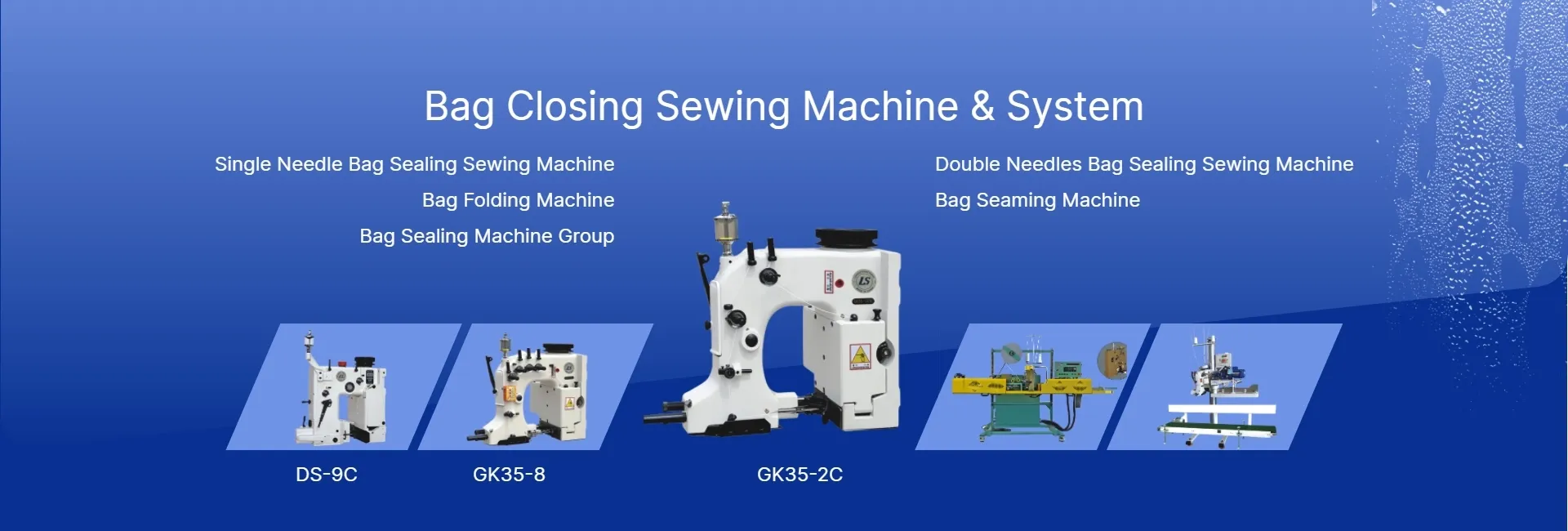upholstery sewing
The Art and Craft of Upholstery Sewing
Upholstery sewing is a specialized craft that combines creativity, technical skills, and an eye for design. It plays a crucial role in transforming ordinary pieces of furniture into beautifully finished items that enhance the beauty of any space. Whether you are reupholstering an old chair, creating custom cushions, or working on more complex projects, mastering the art of upholstery sewing can be a fulfilling journey.
At its core, upholstery sewing involves not only the application of fabric to furniture but also the understanding of various materials, tools, and techniques that come together to create a finished product. It requires a keen understanding of how different fabrics behave, the types of fillings used, and the construction techniques that best suit the design and usage of the furniture.
Selecting the Right Materials
One of the first steps in upholstery sewing is selecting the appropriate materials. The fabric chosen for a project affects not only the aesthetics but also the durability and maintenance of the piece. Common upholstery fabrics include cotton, linen, velvet, leather, and synthetic blends. Each has its unique qualities, such as stain-resistance, texture, and ease of cleaning. Additionally, the type of filling—whether foam, batting, or down—can significantly influence the comfort and support of the furniture.
Understanding Tools of the Trade
To succeed in upholstery sewing, one must become familiar with a variety of tools. Essential tools include staple guns, sewing machines, measuring tapes, scissors, and various types of needles. A sturdy sewing machine capable of handling thick fabrics and multiple layers is particularly important for larger projects. Specialty tools, such as curved needles and upholstery tacks, can also come in handy, particularly when working on intricate designs or delicate fabrics.
Techniques and Methods
upholstery sewing

Upholstery sewing employs a range of techniques that can involve both hand sewing and machine sewing. For simple projects, such as cushion covers, machine sewing is often sufficient. However, more elaborate pieces may require hand stitching to achieve precise finishes, particularly in areas where durability is critical.
Common techniques include flat seams, tacking, and piping, which add decorative elements and increase the strength of seams. In addition, mastering the technique of pulling the fabric tight while ensuring a smooth finish is crucial for achieving a professional look. Properly attaching zippers and ensuring that patterns align can also greatly enhance the finished appearance.
Creativity and Customization
Upholstery sewing offers endless opportunities for creativity. From choosing fabric patterns and colors to designing custom shapes, every piece can reflect the owner's personality and style. Mixing different fabrics, adding embellishments, or incorporating unique trims can help transform standard furniture into statement pieces.
Furthermore, customizing furniture through upholstery not only enhances its aesthetic appeal but also extends its lifespan, making it a sustainable choice in home decor. Instead of discarding old items, reupholstering them can keep them functional and stylish for years to come.
Conclusion
In conclusion, upholstery sewing is a rich and rewarding craft that plays an essential role in furniture design and restoration. By understanding the materials, tools, techniques, and the creative possibilities that upholstery sewing offers, anyone can embark on their journey within this fascinating world. Whether approached as a hobby or a professional pursuit, the ability to breathe new life into furniture through upholstery can be a significant contribution to both personal creativity and sustainability in design.
-
Industrial Cylinder Arm Sewing Machine: Revolutionizing Heavy-Duty SewingNewsJul.28,2025
-
Cylinder Arm Sewing Machine: Perfect for Special Sewing ApplicationsNewsJul.28,2025
-
Cylinder Bed Sewing Machine: Essential for Sewing Complex MaterialsNewsJul.28,2025
-
Heavy Duty Sewing Machine: The Essential Tool for Industrial ApplicationsNewsJul.28,2025
-
Computerized Pattern Sewing Machine: Revolutionizing Precision StitchingNewsJul.28,2025
-
Heavy Duty Industrial Sewing Machine: Power Meets PrecisionNewsJul.28,2025
-
Leather Sewing Machine: The Industrial Standard for Tough MaterialsNewsJul.18,2025





























